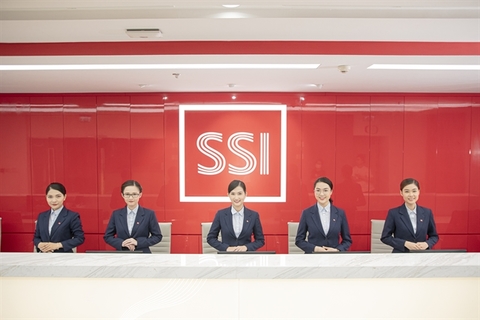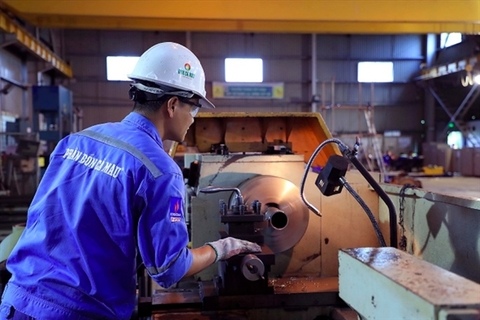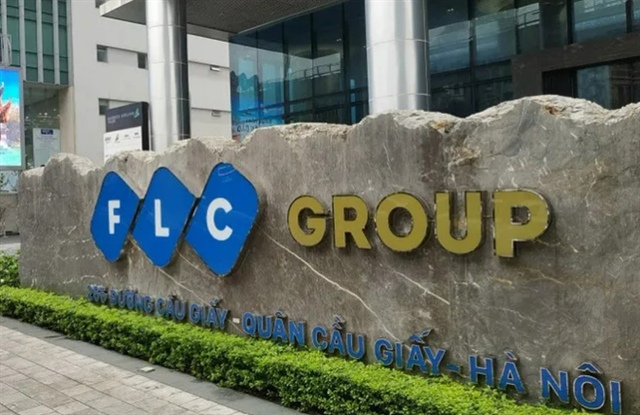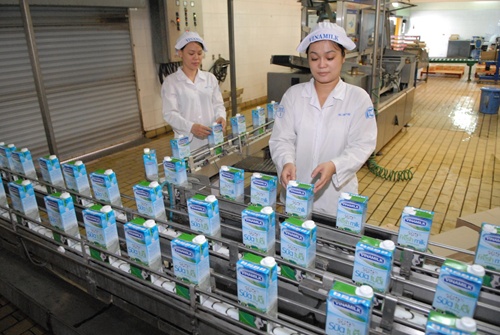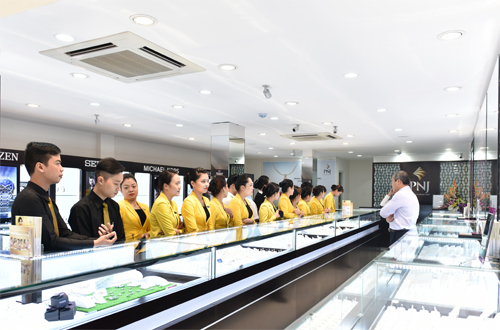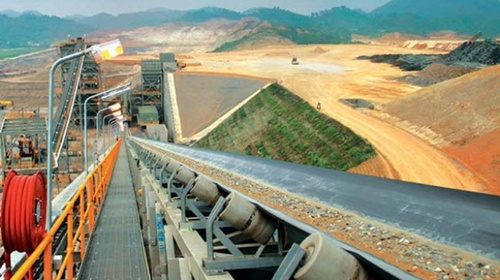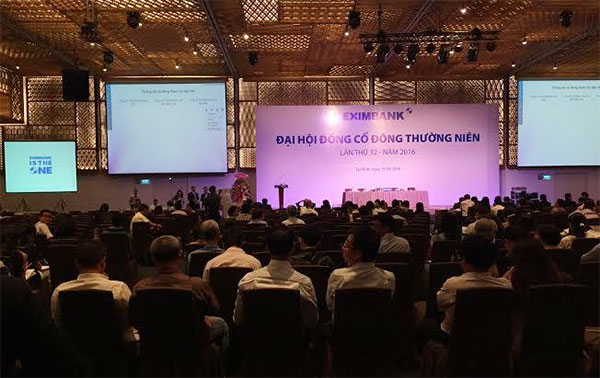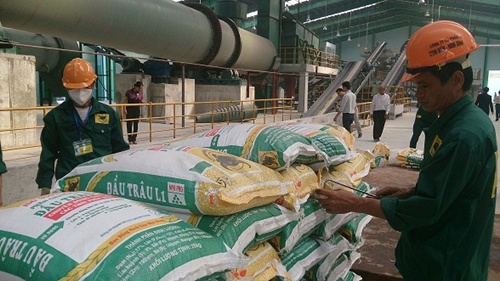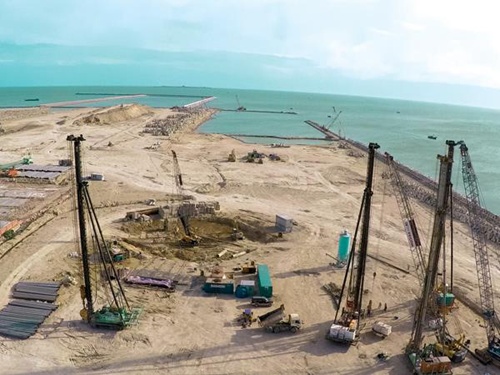Masan sees bright future in tungsten
Masan sees bright future in tungsten
Optimism among experts and producers on the prospects for global tungsten prices returned as market activity points to a faster than expected rebalancing of demand and supply dynamics.

Built up excess inventory over 2014 and 2015 is being drawn down faster than expected partly on the back of suspended mining activity in North America and production cut backs at Chinese mines. Underestimated growth in the end use markets of tungsten also allowed consumption to eat into the stockpiles built in recent times.
Prices of tungsten fell sharply in 2015 to $150 per mtu (metric tonne unit) with the market oversupplied on account of global demand uncertainty and slowing economic activity in China. Since the start of the year, prices have surged 34 per cent from $160 per mtu to the present price of $215 per mtu.
Compounding the positive sentiment, while global growth prospects may remain uncertain for most, robust growth projections for end use markets of tungsten has led industry observers to call the recent price rise as a sustained long-term recovery towards 2011 to 2014 averages of $380 per mtu. The depressed oil, gas and mining industry is expected to grow as prices for oil stabilize at levels above $30/bbl. The aviation industry, which consumes tungsten for jet turbines, expects a 31 per cent rise in the passenger demand by 2017. Tungsten is essential in cutting tools used in the automobile industry which is estimated to grow 2.8 per cent in 2016. Lastly, the global construction equipment sector, again for which tungsten is an integral raw material, is expected to grow 4 per cent this year.
The idea of a sustained price recovery is a welcomed respite for current and potential producers of the commodity. Besides for projected demand growth, further credence is given to the idea from supply side events. The collapse in prices from 2014 onwards resulted in mining projects, which were undertaken earlier in the decade and touted to be at full production today, struggling to break ground as the ability to secure funding fell away. Moreover, mines in China, that account for over 70 per cent of the global supply, have more or less entered in to their twilight years, a period typically burdened by increasing production costs.
As such, there will only really be a select few who stand to substantially benefit from a fundamental recovery in the price of tungsten – owners of fully operational low cost mines. These ‘diamonds in the rough’ are hard to come by, moreover, even harder for the investing public to participate in. Most of the ‘few’ are either private enterprises in South America, or part of a much larger Chinese conglomerate that is carrying the weight of aging mines and the costs associated with underutilised downstream processing plants.
It’s not all for naught. Vietnam’s Masan Resources (MSR) presents an option for the investing public. Listed on Hanoi’s UPCOM exchange, and proclaimed as a fully operational and low cost producer of tungsten (one of the lowest), MSR weathered the pricing storm over the last year through increasing operational efficiencies and adhering to strict cost management – principles that it states it will continue to focus on. More interestingly, despite the treacherous commodity market of 2015, which witnessed commodity majors shutting down their mines in an effort minimise losses, MSR’s management was strategically leveraging its low cost base to increase production in an effort to capture market share. Which today it states is 36 per cent of ex-China supply.
MSR’s core principles coupled with its management’s strategic thinking has yielded results. In 2015, the company reported its net attributable profit more than tripling to VND152 billion ($6.9 million) and expects this to increase to VND220-660 billion ($10 million-$30 million) in 2016 despite stating at the time that a number of its markets will ‘continue to see downward pricing pressure.’


